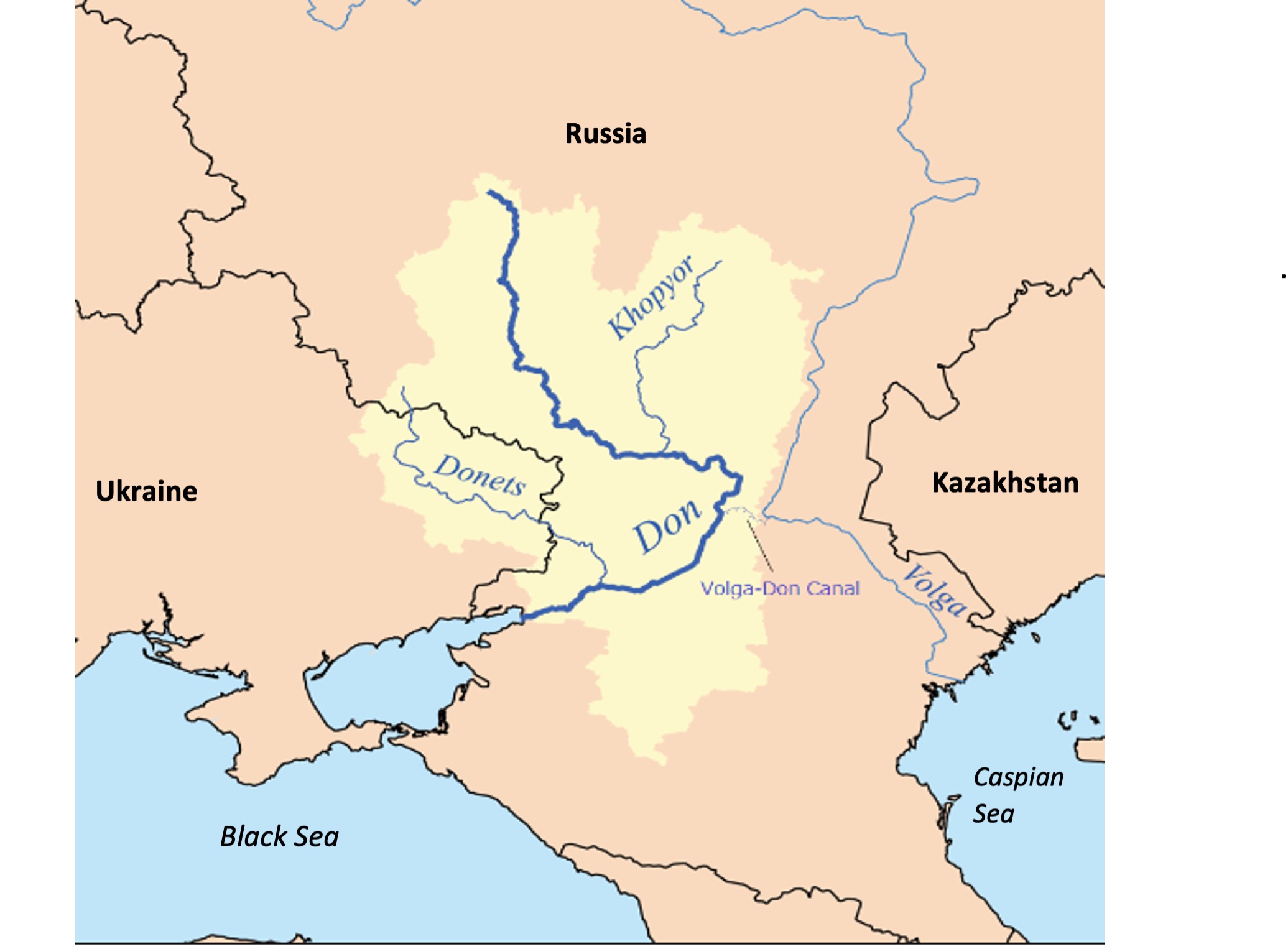Russia’s Weapons Transport Via the Caspian Sea
Recent Articles
Author: Samantha Fanger
03/11/2024
The Caspian Sea has played an instrumental role in keeping Russia’s arsenal from being depleted. Since the start of Russia’s full-scale war in Ukraine, Moscow has looked to Iran to help fuel its ongoing invasion. The two countries, both vigorously sanctioned by the West, have nurtured a strategic partnership—one that has enabled Russia to purchase and transport drones, missiles, bullets, and mortar shells from Iran via the land-locked sea. Though the war has increased the West’s interest in the Caspian Sea as a means of obtaining energy alternatives, the North Atlantic Treaty Organization has not given the Caspian due attention regarding security.
Iran’s sales of drones and military equipment provides actors like Russia and Hezbollah with a relatively affordable way to continue carrying out their malign agendas. In February, a hacker group called Prana Network infiltrated the Iranian Revolutionary Guard Corps’ (IRGC) Shahed Aviation Industries Research Center servers, exposing the details of their transfers of Shahed drones to Russia at a discounted price for bulk purchases—about $193,000 per Shahed for a 6,000 unit buy, much lower than the standard $370,000 per unit.
Lloyd’s List Intelligence has tracked elusive vessels in the Caspian Sea transporting Iranian drones and weapons without mandatory tracking signals. These ships are observed shuttling cargo between Iranian ports in the Southern Caspian area and the Northern Russian ports on the Caspian Sea. Ships “going dark” by turning off required tracking instruments indicate the likely movement of illicit cargo, such as weapons, between Iran and Russia. These fleets have also successfully avoided mandatory inspections, making it challenging to monitor the nature of their cargo.
The tracking data gaps predominantly occur near Iran's Amirabad and Anzali ports, as well as Russia's Volga River and Astrakhan port. The Volga-Don Canal, connecting the Caspian Sea to the Black Sea via the Sea of Azov, serves as a crucial hub for the movement of military equipment. Russia utilizes this route, particularly during the non-winter seasons, to transport warships and military supplies between the Caspian and Black Seas.
Last year, Iran and China assisted in dredging the Volga River in an effort to boost its capacity to accommodate larger vessels, facilitating transportation to Astrakhan and beyond. Involvement in this endeavor holds geo-economic and geopolitical advantages for Iran and China that have sought stronger ties to Russia to counter the West. By assisting Russia in overcoming infrastructure challenges, particularly in the Volga-Caspian Seaway Canal, they enhance Moscow's capacity to overcome roadblocks and continue its actions against Ukraine.
Russia's strategic utilization of the river and the Volga-Don Canal can be traced back to its longstanding ambitions to gain an upper hand. Spanning approximately 2,300 miles, the Volga, stands as Europe's longest river with the highest water flow. It courses from the northwest of Moscow, winding around and descending towards the Caspian Sea. A pivotal factor, enabling the Soviet Union to shift the balance against the German forces in WWII, was its capability to transfer industries from west to east via the Volga. Russia's recent endeavors to enhance its capacity, in collaboration with partners, represent not merely strategic maneuvers but also carry symbolic weight, particularly as it endeavors to maintain momentum in its ongoing conflict with Ukraine.
These efforts, along with last year’s joint naval exercises with Russia, China, and Iran on the Gulf of Oman, signal a strengthened Moscow-Tehran axis that integrates Iran into the Russian-Chinese alliance—one that serves as a counter to Turkish and Western influence in the area and a greater threat to Ukraine.
The U.S. and NATO allies currently have a limited capacity to intervene. NATO cannot station a direct naval presence, but the United States and other allies can work to improve diplomatic ties or provide military training and exchange opportunities to begin reinforcing security checks and measures. By reinforcing regulations, improving supervision, and developing stronger maritime monitoring mechanisms, this challenge can provide the United States with an opportunity to foster collaboration with the Caspian littoral states; Kazakhstan, Azerbaijan, and Turkmenistan.
